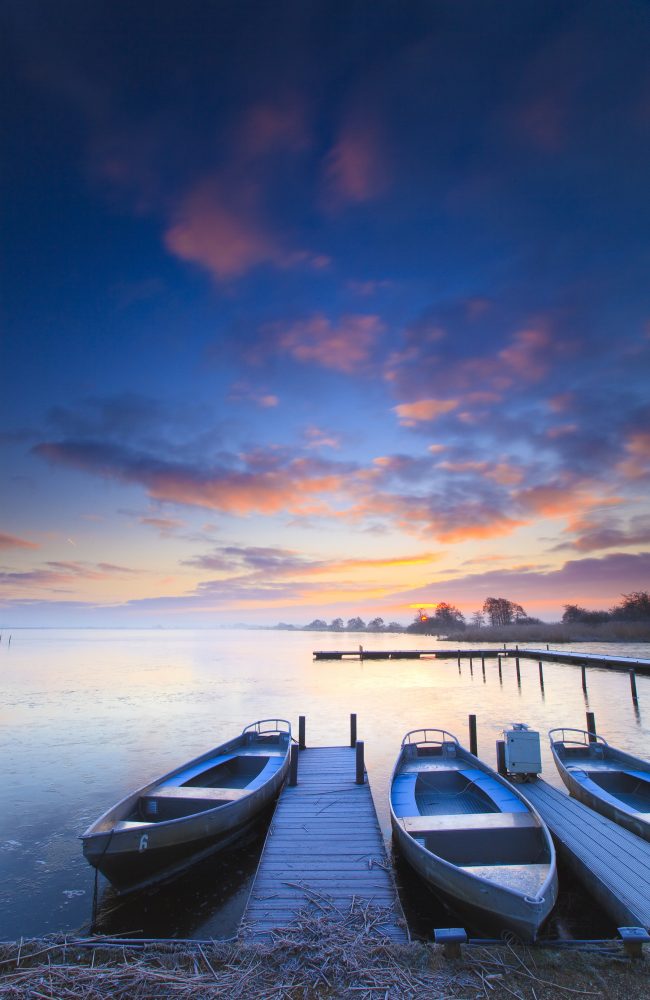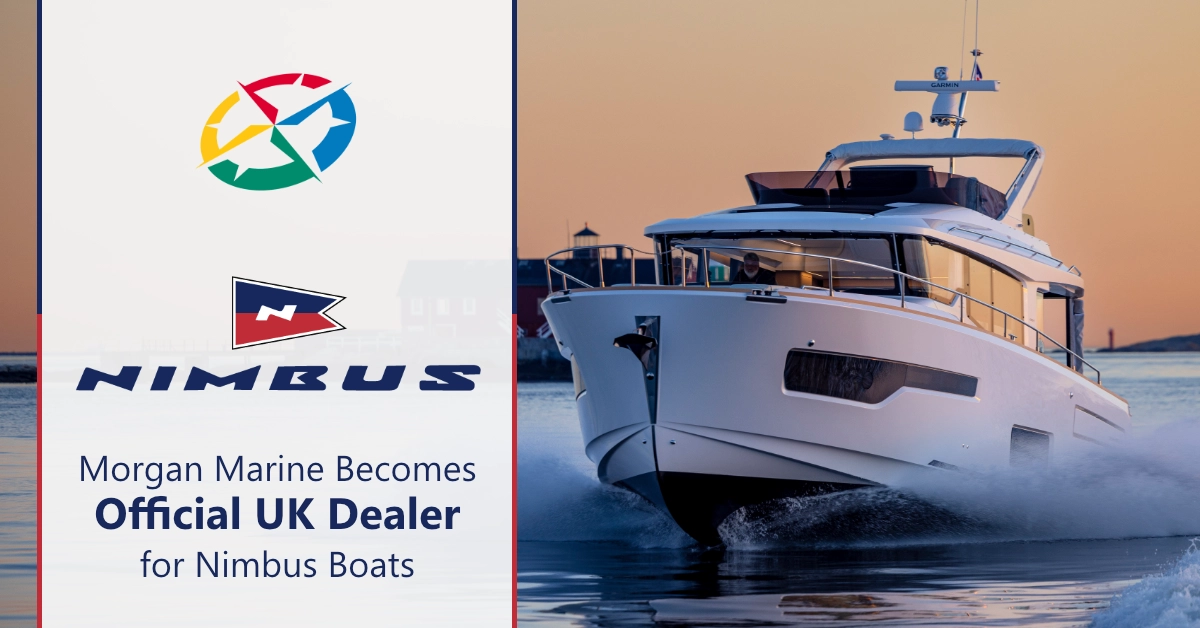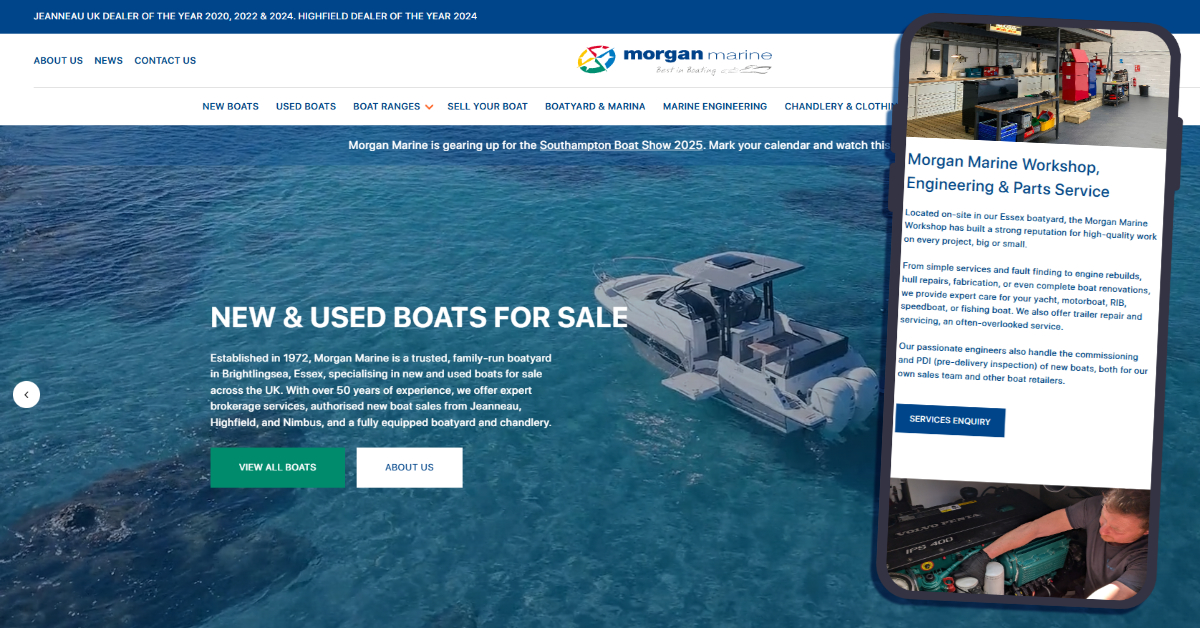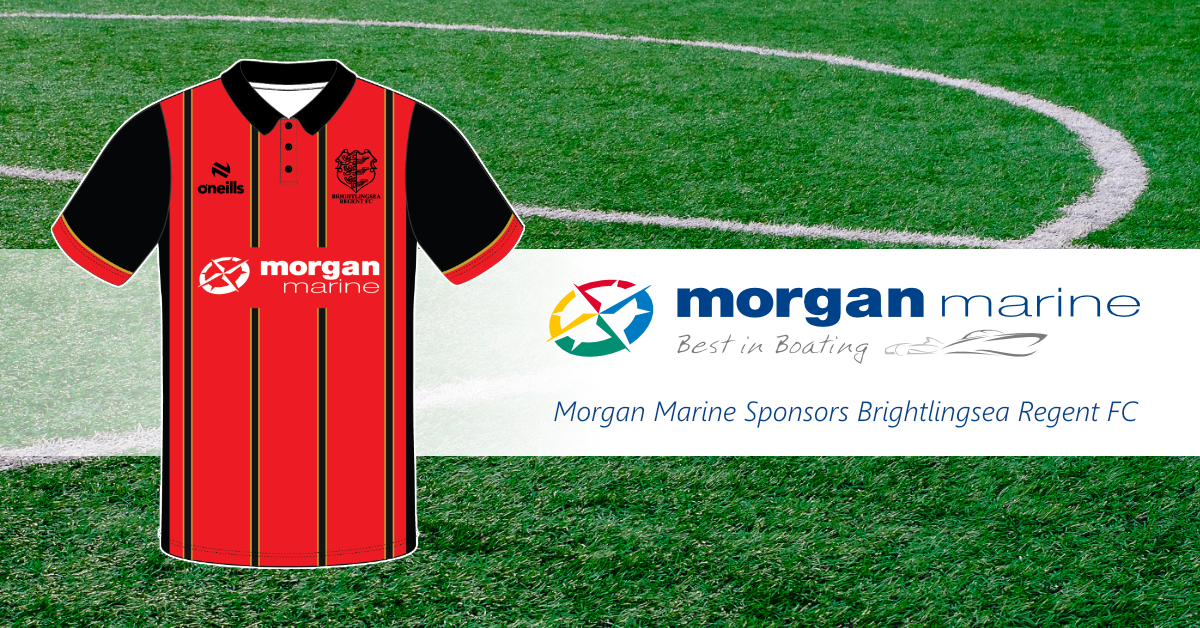Home »
As winter is nearly upon as again many boat-owners will start talking about winterisation …for those unsure of what exactly this is, then read on!
Mid October may feel a little early to consider the prospect of ‘setting-up’ your boat for the winter. However, November is just around the corner, frosts are on their way and therefore now is the time to consider what needs doing regarding winterisation.
Winterisation is an end-of-season process that must be carried out if you’re not using your boat over winter. It is a vital part of servicing to maintain your valuable boat and engine through the harshest months. In the past, springtime was often a disaster for owners waking up to cracked engines and water tanks etc. With Morgan Marine’s winterisation programme, it should be a thing of the past. This programme helps prevent catastrophic damage caused by freezing and basically puts your boat ‘to bed’ for the winter, then ‘revives’ it again for the spring. The process includes:
• Batteries put on a trickle charge (craft with shorepower charging n/a)
• Protect the engines by running up to operating temperature with internal and external inhibiting fluids
• All water tanks/calorifiers are fully drained and apertures closed off
• At spring time, the process is reversed and engines are run up with correct fluids. Systems are checked and the boat itself visually inspected
Morgan Marine’s winterisation programme helps your boat and machinery to be in good order come the spring. Please call Steve Morgan or Oli Miller on 01206 302008 for more details and to book your boat in.
There are additional things though that a responsible owner should be doing:
Firstly – Think about where you’re going to store your boat – in or out of the water?
In the water – Water retains heat longer than air. If you choose to keep your boat in water you reduce the chance of ‘sudden freeze’. You will however, increase your risk of sustaining storm damage, hull blisters, theft or sinking. Also, if there is a really cold snap and the water freezes around your boat, this may crack or rupture the hull – unlikely but a risk all the same.
Out of the water – If you are keeping your boat ashore, you should consider winterising earlier as the lower temperatures will impact it earlier than in water. Out of the water solves all the inherent problems with leaving your boat in the water. Investing in a good quality boat cover is an economic form of protection. Covers should keep water out but allow air to circulate to prevent condensation build-up leading to rot, mould and corrosion.
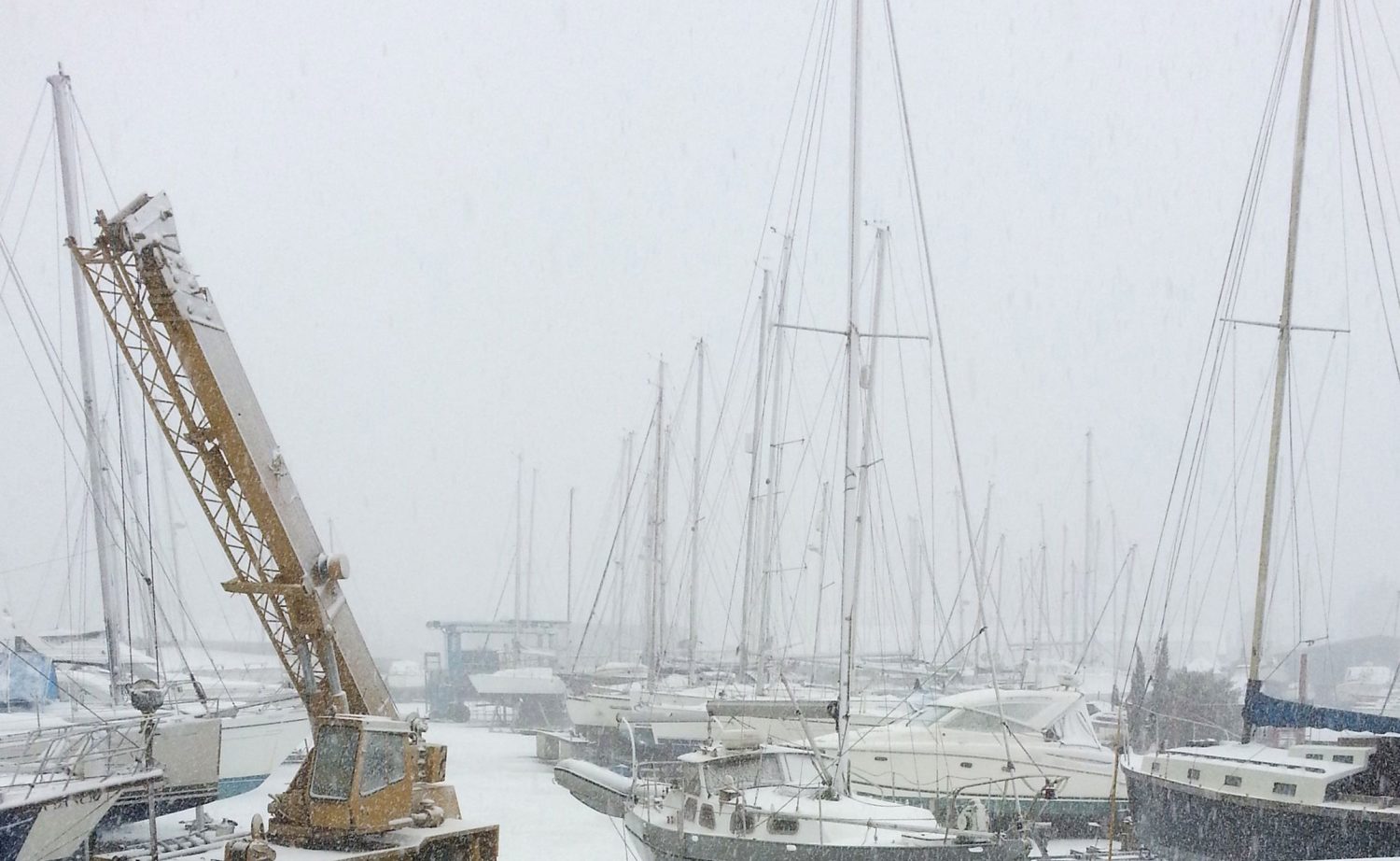
Protect everything from moisture damage.
Fighting against mould and rot in a marine environment is always hard work. The only way to combat this is through ventilation. Leave all doors, drawers and – most importantly – fridge doors open, throughout the whole boat. Do not close anything as you need air to circulate.
Also, store all fabrics such as linen, clothing, blankets, curtains etc away from the boat and it goes without saying, remove all valuables!
If the boat has a history of developing condensation and mould growth over the winter, wash all exposed surfaces with a mould repellent. However, this shouldn’t be necessary on a boat that’s properly ventilated.
To help with condensation/damp you might consider putting a small greenhouse style frost-preventing heater in the engine bay and cabin. These very low consumption heaters are no substitute for correct winterisation servicing as unreliable marina power can leave engines vulnerable to frost. If you are going to leave your boat connected to shore power it is advisable to make sure it’s isolated from all the other boats on the same shore power circuit, otherwise they might start to use your anodes when theirs are exhausted. Such heaters are very effective at reducing damp and condensation, but do need to be carefully mounted to ensure they cannot be covered or otherwise contact flammable materials.

While you are at it: safety and emergency gear
The complete inventory should be examined – check the expiry dates on flares and EPIRBS as well as booking services for the life raft and lifejackets. Jackstays and harness lines should be checked for chafe and if the jackstays are more than 10 years old (five years for boats kept in sunny climates) they should be replaced due to likely UV degradation.
The best bit about laying-up, even though it may feel a little tedious, if you’ve done your job well then, your spring fitting out will be a walk-in-the-park. So, remember every hour invested now will be saving you lots of time and money in the new year!
For more details on Morgan Marine’s winterisation deal please call Oli, Ric or Steve on 01206 302008 or take a look at this link:
https://morganmarine.com/workshop-parts/
